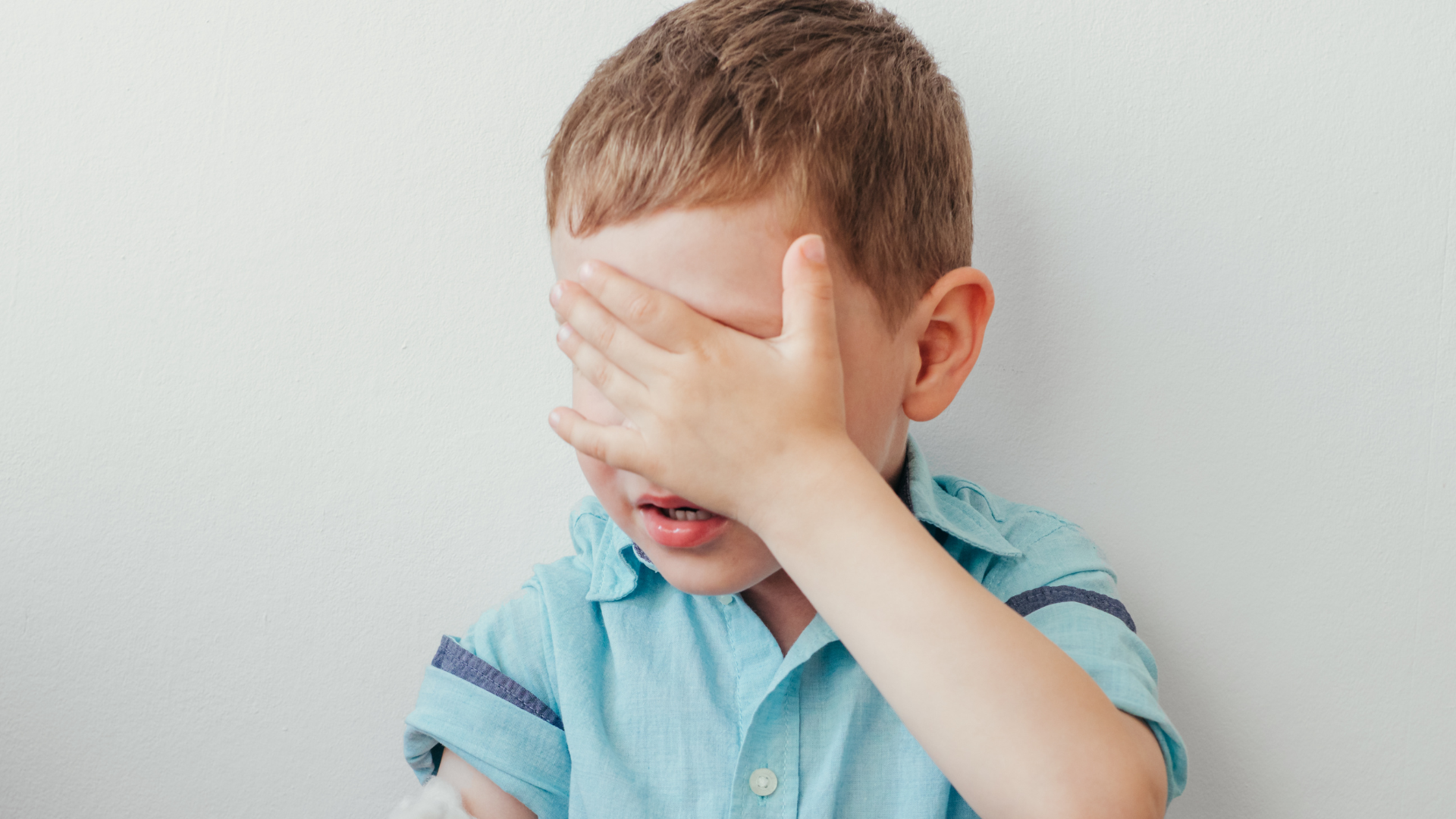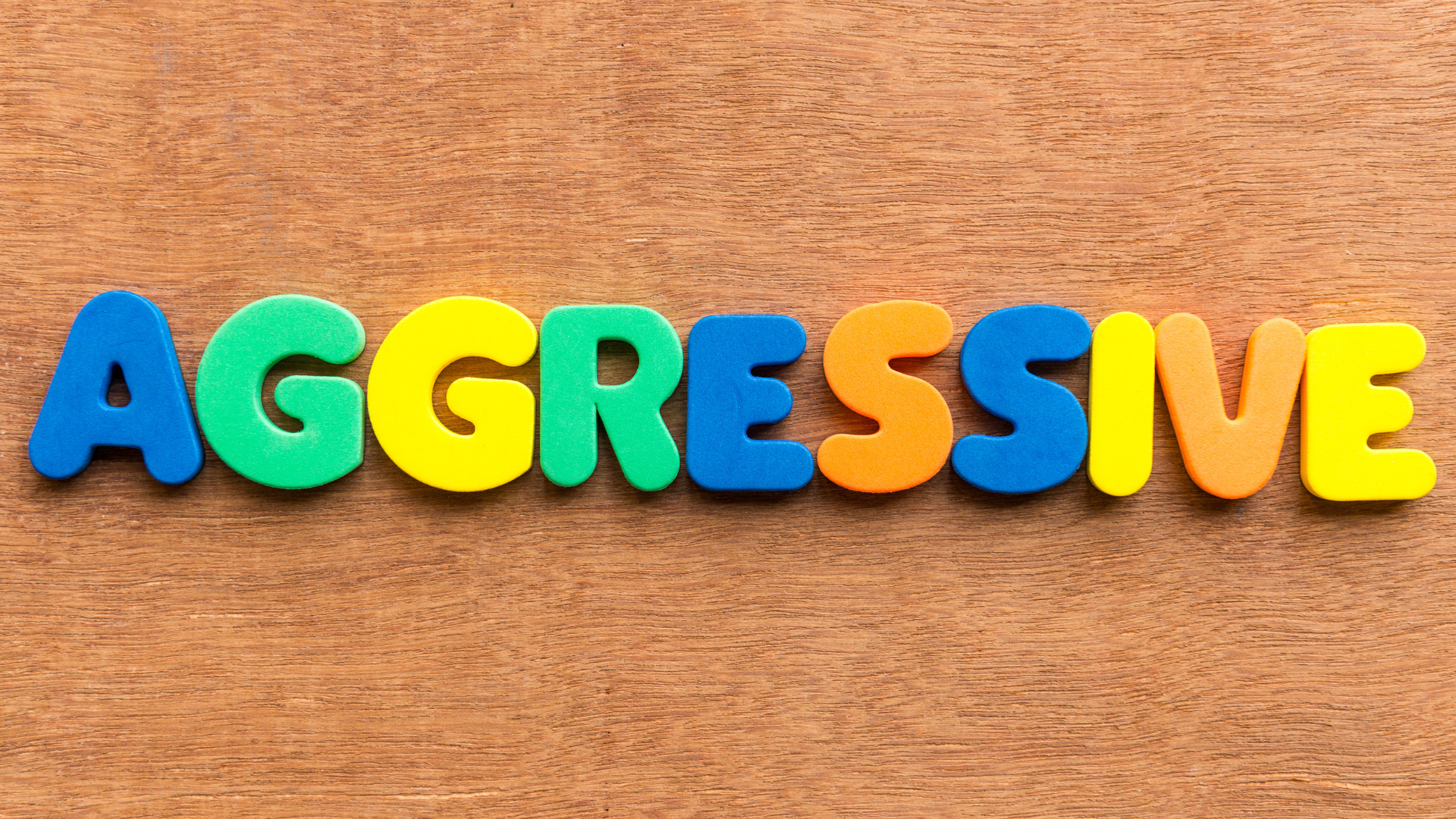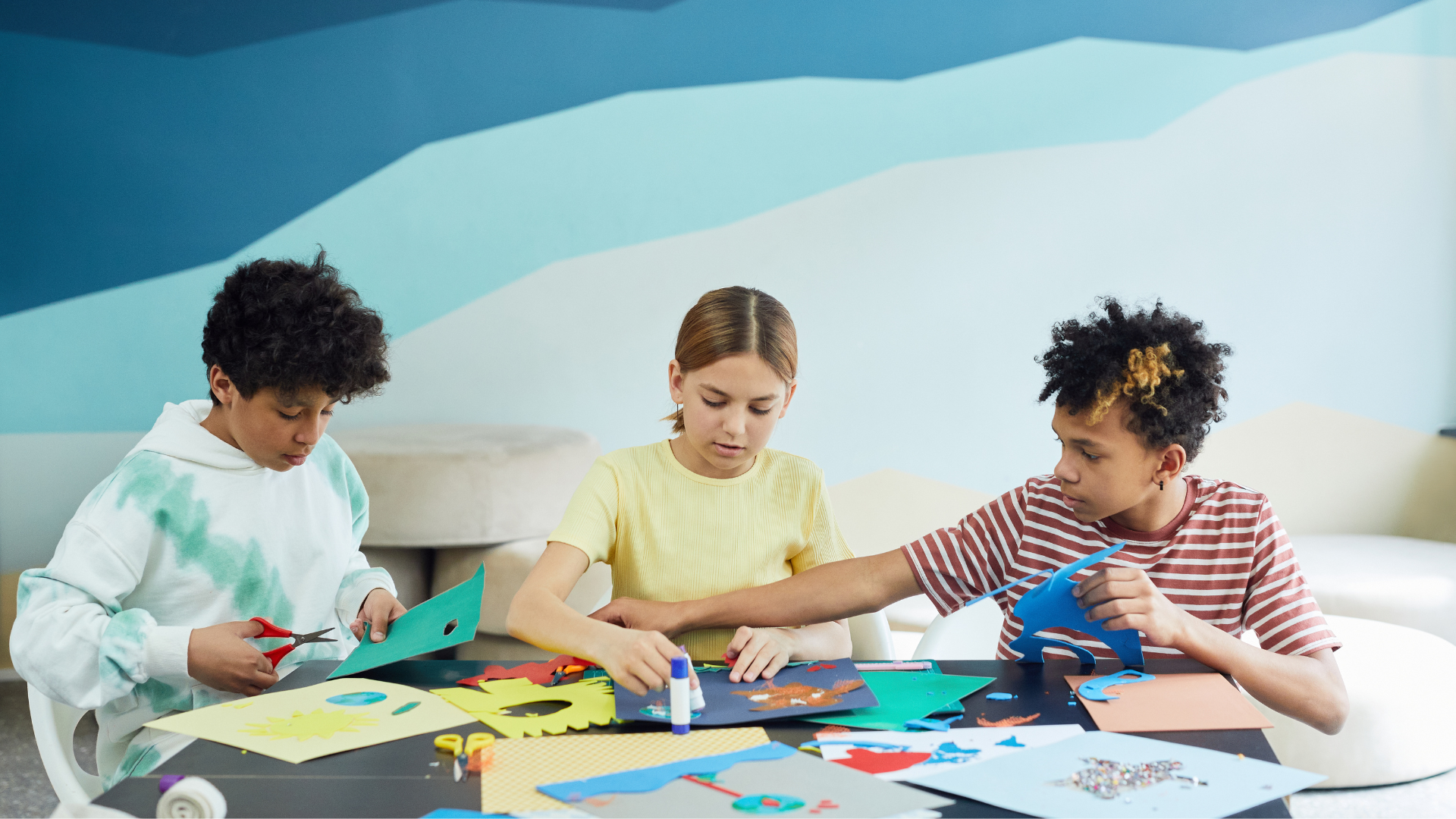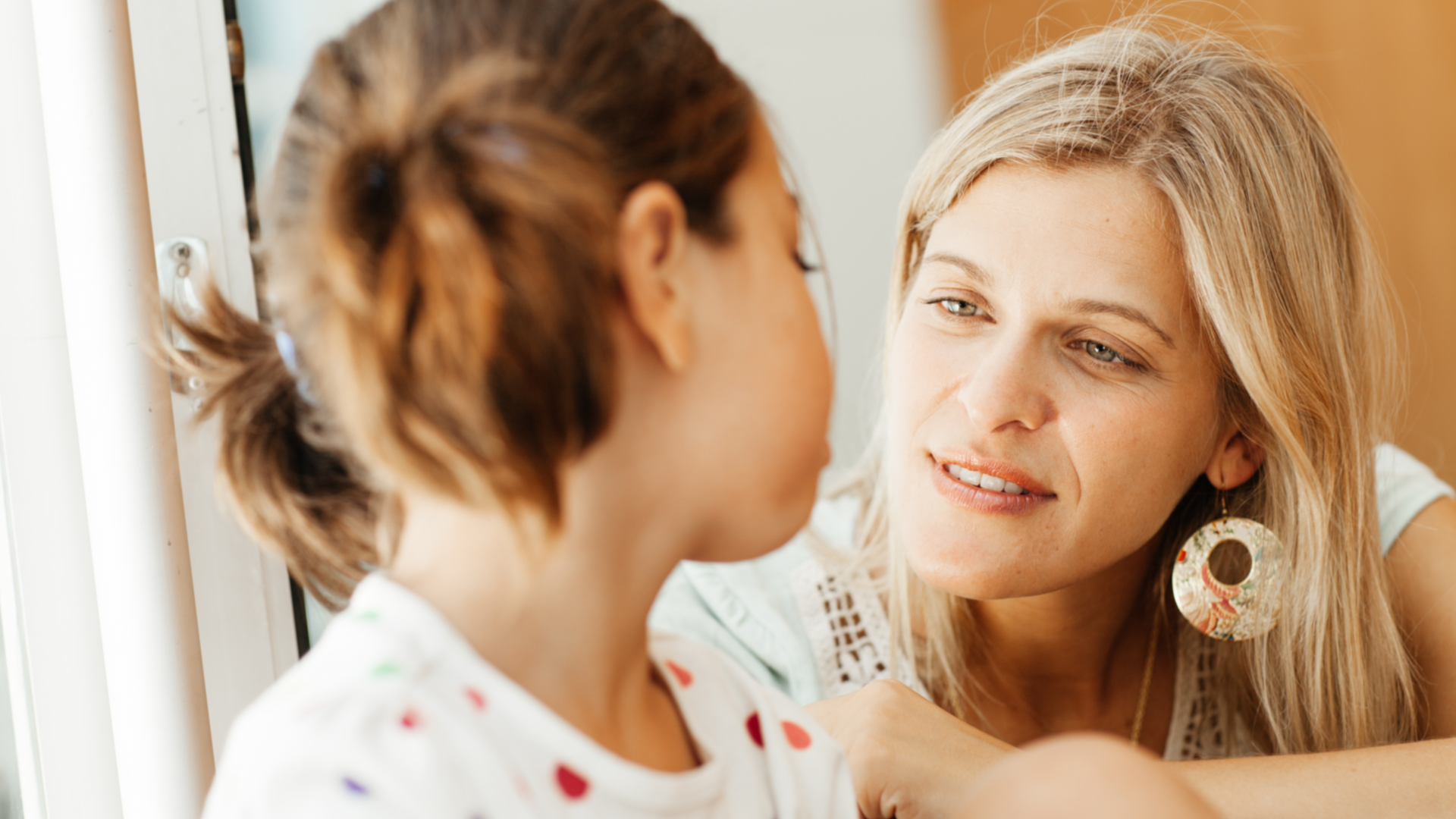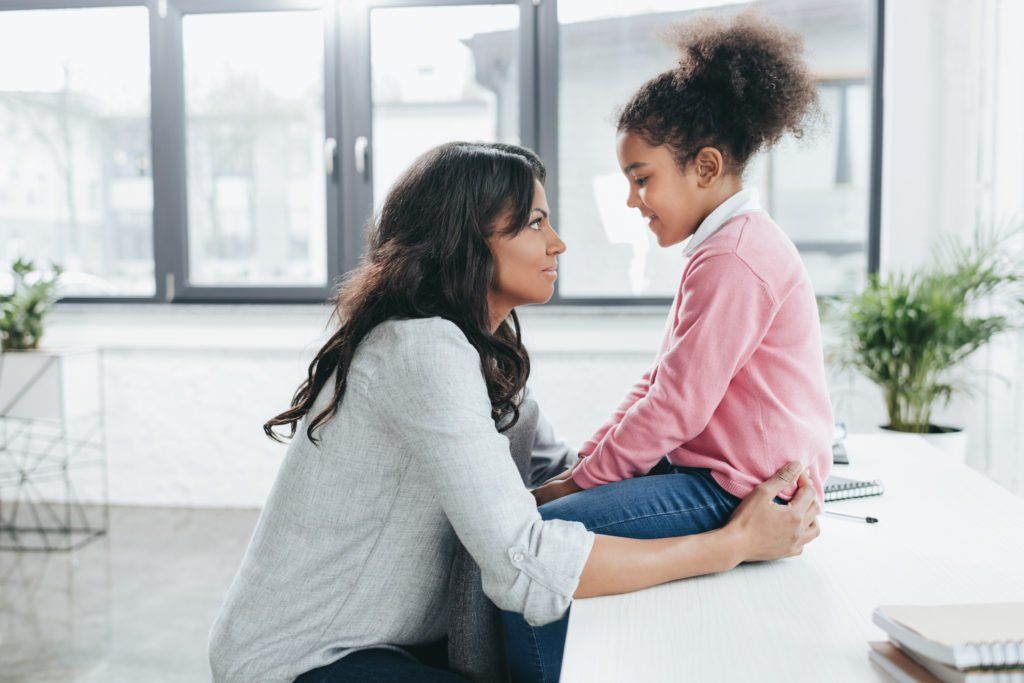Teach your children to talk about their feelings.
Long gone are the days when people said: “children should be seen and not heard” and “boys don’t cry”. Nowadays we finally realized that emotions are part of being human. We all have it and we must learn how to manage it. Feelings and emotions play a vital role in motivating human behaviour. It is important to know what we are feeling and why we are feeling something. This will keep us from acting on these feelings in an inappropriate or harmful manner and help us to deal with them effectively.
According to 'The emotional life of the toddler' (1995) by Alica F. Lieberman, Simon & Schuster, “children’s emotional skills development starts at birth. Emotional skills include being able to recognise, express, understand and manage a wide range of feelings. These skills are important for children’s developing ability to interact successfully with others and their physical world. Children who can understand and manage their feelings, stay calm and enjoy their experiences, are more likely to develop a positive sense of self and be confident and curious learners.”
Babies and toddlers learn primarily through copying their primary care-givers. You must model the correct emotional behaviour to your child. If you tend to hide your feelings or do not react in an emotionally intelligent way, your child will do the same. Learn more about handling your own emotions
.
Children need to be taught there is no such thing as unacceptable feelings, just as long as you express them in a healthy way. Talking about feelings and being able to put one’s feelings into words is one of the most important steps one can take towards feeling better.
This not only helps us improve our communication but can assist us in releasing anxiety and reduce the negative effect which bottled up feelings might hold. By sharing our feelings, we can reflect on them and better understand them. Many studies linked the repression of certain strong emotions to overall health problems. Learn more about the impact of emotions
in EQ Explained - It starts with emotions
.
Helping you to help your child
- Expand on your child’s “feelings” vocabulary by making sure they don’t just know/learn the basic feelings such as sadness, anger or fear. Teach them more about feelings such as: lonely, friendly, nervous, confused, grateful or glad. Older kids can be taught more complex words such as frustrated, nervous or disappointed.
- It is important for parents to accept the feelings of their children even if they don’t accept the bad behaviour which often accompanies negative emotions, because it is important to still convey the message to our children that it is in order to feel feelings, even the bad/negative ones.
- Start seeing negative emotions in your child as an opportunity for you to help them grow.
- Start teaching your child appropriate ways to deal with feelings that are uncomfortable. Children need to be taught that just because they feel angry, they can’t just break stuff or hit someone. Instead, they need to learn skills to manage their anger and resolve conflict peacefully.
- Keep on modelling healthy behaviour and emotional reactions as a parent. Verbalise some of your emotions as well to use as an example for your child. E.g. “I am so mad that car almost bumped into us and I really got a fright”. Then take deep breaths and calm down so that your child can see that you deal with your own emotions and feelings. When you get mad as well and shout at the other car, your words afterwards in trying to explain yourself to your child are likely to fall on deaf ears.
- Point out the expressions of certain feelings to your child. E.g. when you are watching a story on the television, tell your child “I think that lady is mad now, look at her face”.
Share Post
Complete the following form if you require more info about EQ4kids or want to enroll your child at your nearest Franchise.
Blog Enquiry
